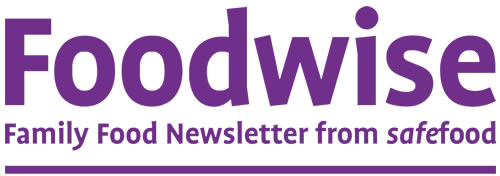Investigation of the presence of anti-nutritional and toxic compounds in Health Foods

- Project start date: 1 January 2005
- Project status: Completed
- Project type: Food safety
- Discipline: Food chain
- Author/s: Dr Martin Danaher, Teagasc Food Research Centre, Ashtown, Dublin
- Collaborator/s: Dr Andrew Baxter, Xenosense Ltd., Belfast
Research objective
Blue green algae (BGA) products are available in health food shops throughout the island of Ireland. These can potentially get contaminated with toxins. Two hundred samples were tested for the presence of microcystins. In addition, 400 samples of herbal products were tested for aristolochic acid which is a natural plant chemical that can cause kidney problems and is also known to be carcinogenic.
Microcystins were detected in certain BGA products above the legal limit, while aristolochic acid was detected in four kinds of Chinese herbal products and in certain raw herbs. On foot of this research, the Food Saety AUthoorty of Ireland carried out further investigations of the marketplace with regard to BGA products while the Irish Medicines Board was alerted to the presence of aristolochic acid-containing products on the Irish market which were subsequently withdrawn.
Outputs
Research report
- Title: Report available on request
- Publication date: 21 February 2008
- Summary: The study investigated microcystin toxins in blue-green algae and aristolochic acids in herbal products, identifying contamination risks and recommending enhanced detection methods to protect consumers.
- Findings:
Approximately 200 blue-green algae (BGA) samples were screened using an immunobiosensor assay that was developed on the project and positive samples were confirmed by LC-MS/MS. This survey found that Spirulina-based BGA samples did not contain microcystin residues above the legal limit while Klamath Lake BGA products did.
Approximately 400 samples of Chinese herbal products were analyzed for aristolochic acid content using a newly developed HPLC fluorescent method and suspect samples were confirmed by LC-MS/MS. Aristolochic acid was not present in tea samples but was present in herbal products and raw herbs.
Other outputs
Peer reviewed articles
T. Vinogradova, M. Danaher, A. Baxter, M. Moloney, D. Victory, S.A. Haughey, “Rapid surface plasmon resonance immunobiosensor assay for microcystin toxins in blue-green algae food supplements”. Talant (2010), doi:10.1016/j.talanta.2011.01.036.




